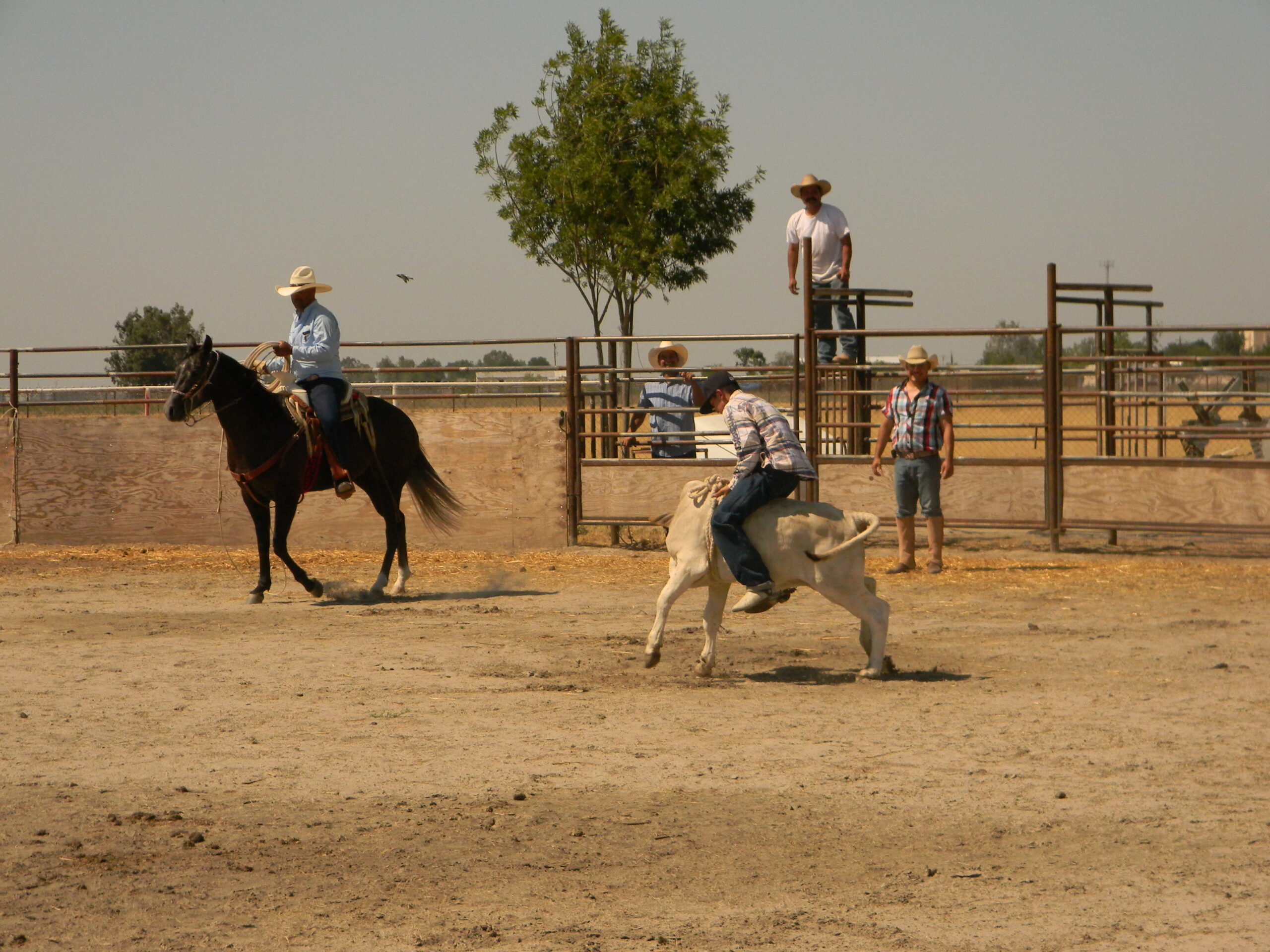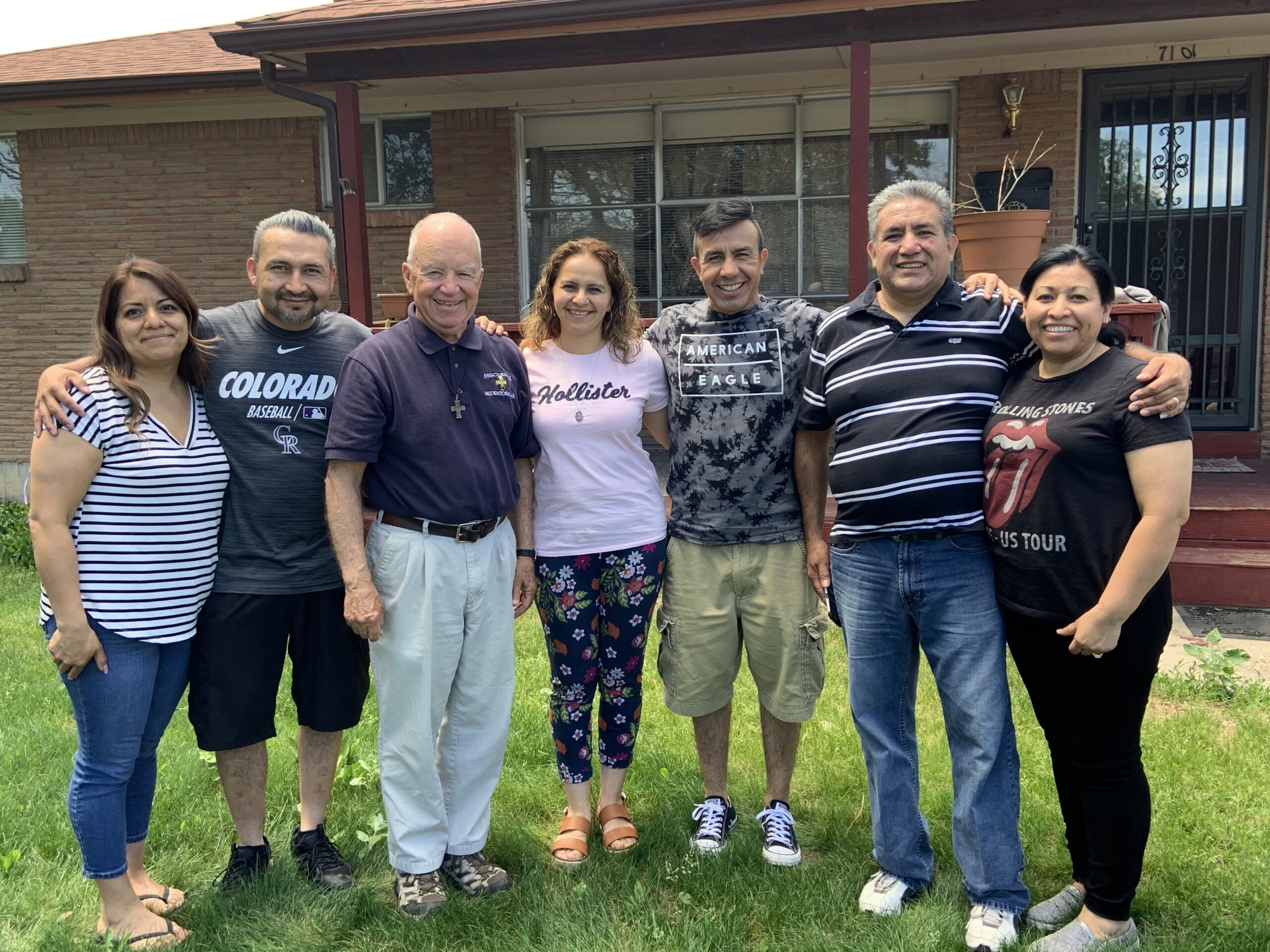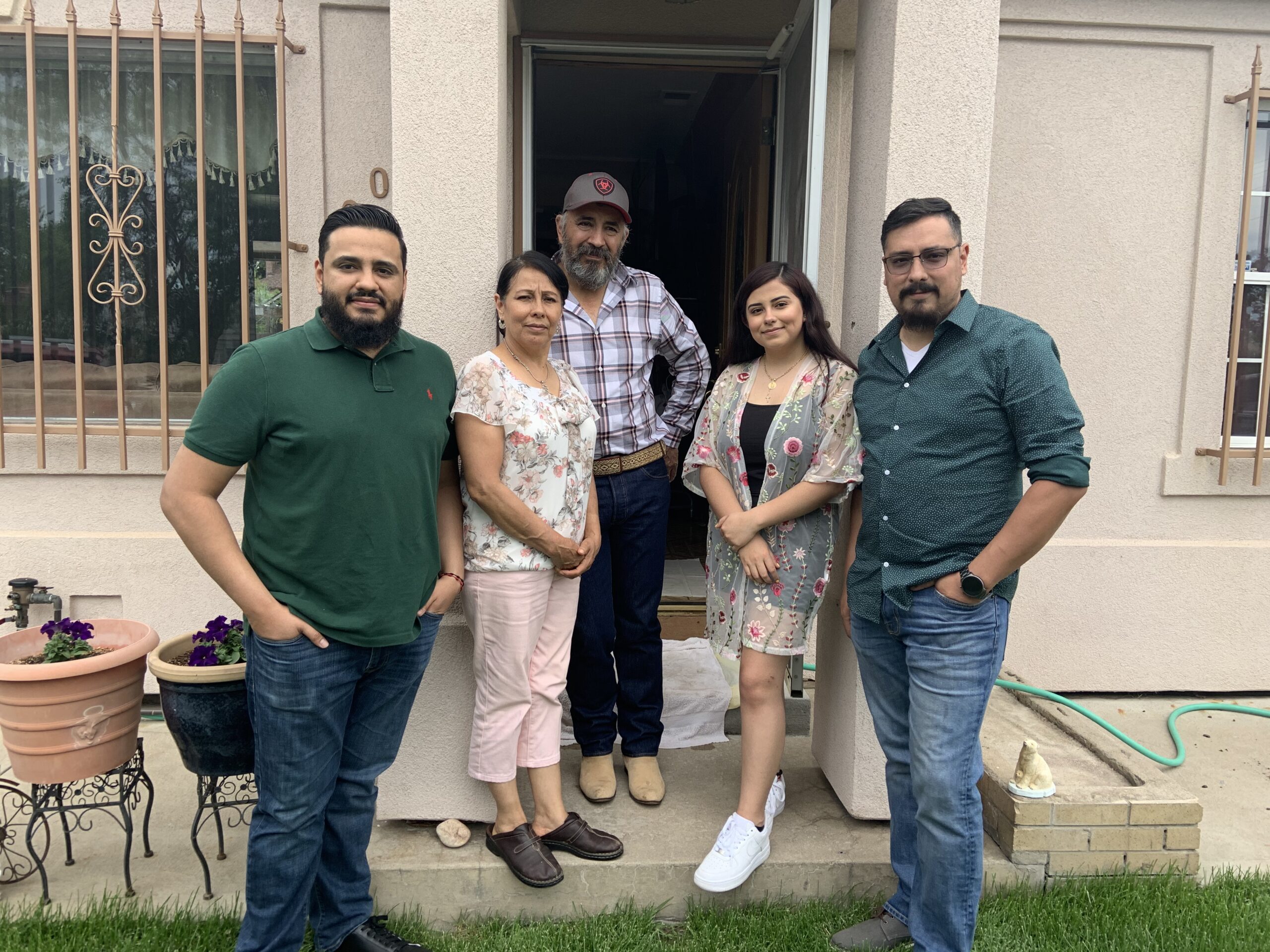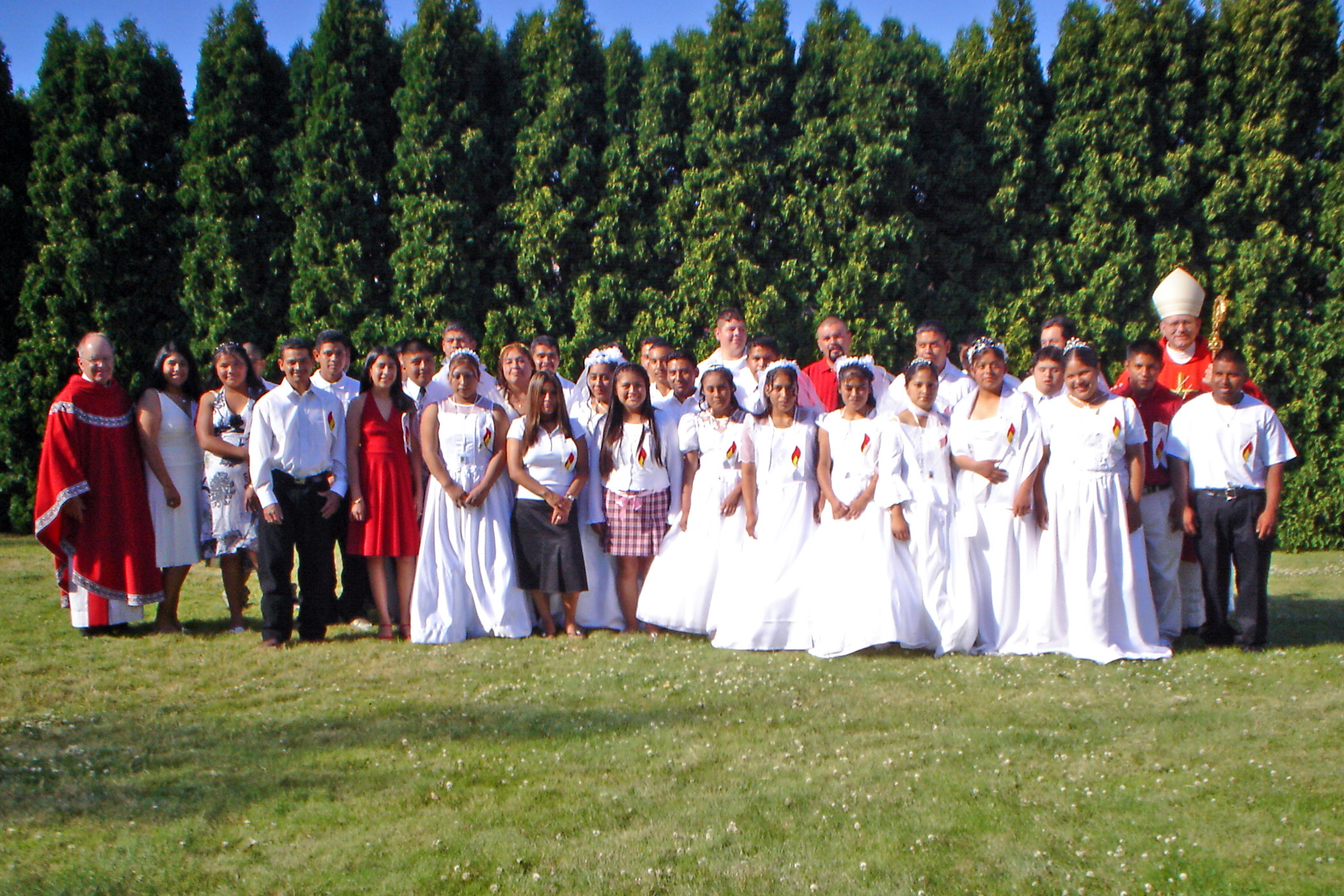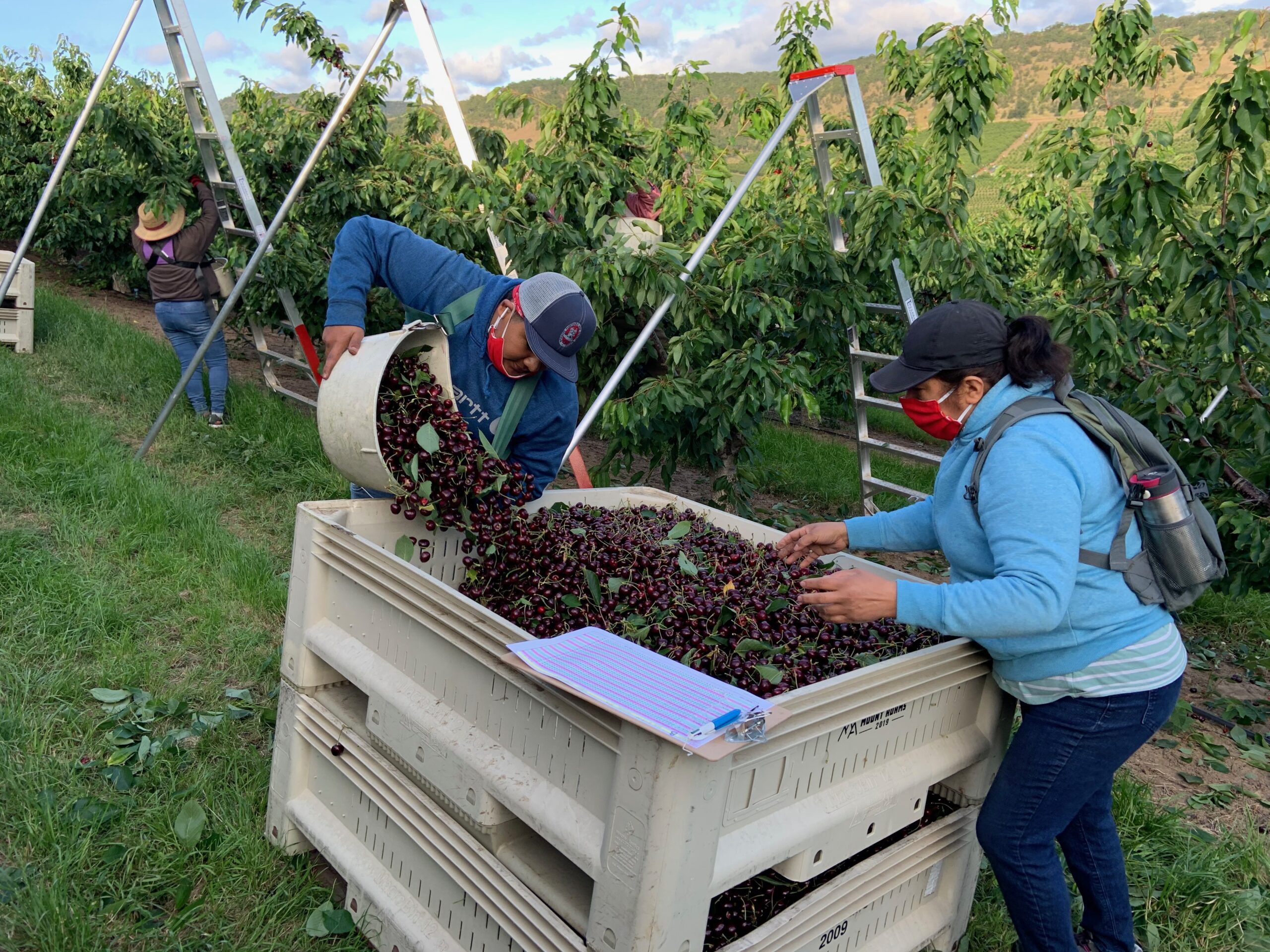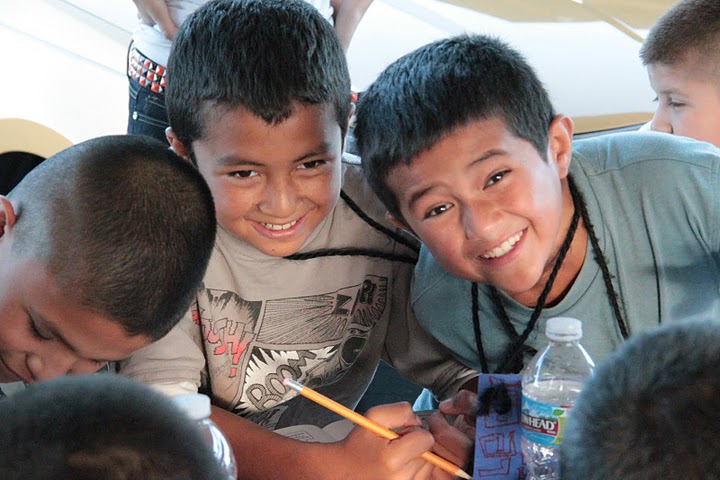17. Lent: Métodos Misioneros – Missionary Methods
Beato Sebastián Aparicio
La llegada del catolicismo a América Latina comenzó con la llegada de los primeros europeos a América. Los exploradores españoles vinieron en busca de oro y otros recursos. La historia de la conquista incluye el sometimiento de los pueblos indígenas y muchos abusos. Poco después de la conquista, llegaron inmigrantes para comenzar su vida en el Nuevo Mundo. Construyeron pueblos, negocios, escuelas e iglesias. Cultivaron la tierra, trajeron semillas de Europa y descubrieron las abundantes tierras, frutas y cultivos de México. Pronto, se desarrolló una nueva raza de personas de sangre mixta cuando los europeos se casaron con comunidades indígenas.
Con los inmigrantes de Europa, sacerdotes vinieron a servir a la población católica y unos misioneros vinieron a evangelizar a las comunidades indígenas. Entre los inmigrantes estaba Sebastián Aparicio. Nacido en 1502, era hijo de piadosos campesinos. Nunca recibió una educación, sobrevivió a la pandemia bubónica y trabajó para mantener a su familia y proporcionar dotes para sus hermanas. En 1533, (catorce años después de la llegada de Hernán Cortés a México), emigró a México con el deseo de ayudar a la gente conquistada de México.
Se mudó a Puebla. Fue uno de los primeros en criar y entrenar ganado, una importación europea. Se le considera el primer “vaquero” mexicano. Hubo dificultades para transportar mercancías ya que no había carreteras, entonces comenzó a diseñar carreteras. Con el descubrimiento de la plata en las montañas, construyó una carretera de Zacatecas a la Ciudad de México. Como ganadero y constructor de carreteras, se hizo rico, pero su alegría fue enseñar al campesino cómo usar un arado para cultivar la tierra. Enseñó a los indígenas cómo entrenar bueyes y cómo domesticar caballos. Cuando los agricultores rurales carecían de agua, diseñó un acueducto para proporcionar agua.
A los 60 años se casó, pero su esposa murió en un año. Se volvió a casar dos años después y su segunda esposa murió al cabo de un año. Después de la muerte de su segunda esposa, pensó en ingresar a la vida religiosa. Visitó a menudo a los frailes franciscanos y adquirió un director espiritual. Hubo dudas sobre su ingreso al monasterio por su edad, pero a los 72 años ingresó al noviciado franciscano. Un año después profesó los votos. Sirvió como hermano durante 25 años y murió a los 98 años.
Nunca aprendió a leer ni a escribir, pero enseñó gracias a una vida de trabajo a lado de pioneros y agricultores. Usó sus habilidades en el trabajo para enseñar métodos agrícolas a los indígenas pobres y su humildad, paciencia y oración evangelizaron tanto como cualquier predicador. Fue beatificado en 1879 y es patrón de vaqueros y constructores de carreteras.
Como uno de los primeros santos de México, el Beato Sebastián llevó a muchos indígenas a la fe. No fue por una predicación elevada. Como enseñaron el Concilio Vaticano II, el Papa Pablo VI, el Papa Juan Pablo II y el Papa Francisco, “la gente no se convierte por la catequesis, sino por el testimonio de los fieles”.
(Mañana: Santuarios y evangelización)
Sigo buscando ayuda
Ayúdame a preparar un programa sacramental para niños con necesidades especiales y tiempo limitado de preparación.
Pregunta de hoy para la reflexión: ¿Has estado alguna vez en un santuario? ¿Qué significó para ti?
Por favor comparte conmigo tus recuerdos. Escribir a: [email protected]
Blessed Sebastian Aparicio
The arrival of Catholicism to Latin America began with the arrival of the first Europeans coming to America. Spanish explorers came in search of gold and other resources. The history of conquest includes the subjugation of indigenous peoples and many abuses. Soon after the conquest, immigrants arrived to begin lives in the New World. They built towns, businesses, schools and churches. They farmed the land, bringing seeds with them from Europe and discovering the bountiful land, fruit and crops of this land. Soon, a new race developed of people of mixed blood as the Europeans intermarried with indigenous communities.
With the immigrants from Europe, priest came to serve the Catholic population and missionaries came to evangelize the indigenous communities. Among the immigrants was Sebastian Aparicio. Born in 1502, he was the son of pious peasants who worked the fields. He never received an education, survived the bubonic plague and worked to support his family and to provide doweries for his sisters. In 1533, (fourteen years after Hernan Cortez arrived in Mexico), he immigrated to Mexico with the desire to help the conquered peoples of Mexico.
He moved to Puebla. He was one of the first to raise and train cattle, a European import. He is considered to be the first Mexican “cowboy”. There was difficulty transporting goods since there were no roads, so he began engineering roads. With the discovery of silver in the mountains, he built a road from Zacatecas to Mexico City. As a rancher and road builder, he became wealthy, but his joy was to teach the peasant how to use a plow to farm the land. He taught indigenous people how to train oxen and how to domesticate horses. When rural farmers lacked water, he designed an aqueduct to provide water.
At 60 years of age he married, but his wife died in one year. He married again two years later, and his second wife died after one year. After his second wife died, he contemplated entering religious life. He often visited the Franciscan friars and acquired a spiritual director. There were doubts as to entering the monastery on account of his age, but at age 72 he entered the Franciscan novitiate. A year later he professed vows. He served as a brother for 25 years, dying at the age of 98.
He never learned to read or write, but he taught by a life of working side by side with pioneers and farmers. He used his skills in labor to teach farming methods to the indigenous poor and his humility, patience and prayerfulness evangelized as much as any preacher. He was beatified in 1879 and is patron of vaqueros (cowboys), road builders and ranchers.
As one of the first saints of Mexico, Blessed Sebastian brought many indigenous people to the faith. It was not by lofty preaching, As taught by the Second Vatican Council, Pope Paul VI, Pope John Paul II and by Pope Francis, “people are not converted by catechesis, but by the witness of faithful people.”
(Tomorrow: Shrines and evangelization)
Still looking for help
Help me prepare a sacramental program for children with special needs and limited time for preparation.
Today’s question for reflection:Have you ever been to a shrine? What did it mean to you?
Please share with me your memories. Write to: [email protected]
Oh Jesús, tú nos llamas: “Síganme”. Bendice, Señor, a todos los que acogen tu llamado. Puede que el camino no sea fácil, pero tenemos la confianza de que todo es posible si caminamos contigo. Que este viaje nos abra los ojos a las maravillas de tu amor por nosotros. Oramos por toda tu gente, por todos los creyentes e incrédulos, por los líderes y seguidores. Oramos por la sanación, el perdón, la compasión, la justicia y la paz. Oramos para que, al seguirte, nosotros también podamos ser pescadores de hombres. Bendícenos en nuestro viaje.
O Jesus, you call us, “Come after me.” Bless, O Lord, all who welcome your call. The path may not be easy, but we have confidence that all things are possible if we walk with you. May this journey, open our eyes to the wonders of your love for us. We pray for all your people, for all believers and unbelievers, for leaders and followers. We pray for healing, for forgiveness, for compassion, for justice, for peace. We pray that as we follow you, we too can be fishers of men. Bless us on our journey.
